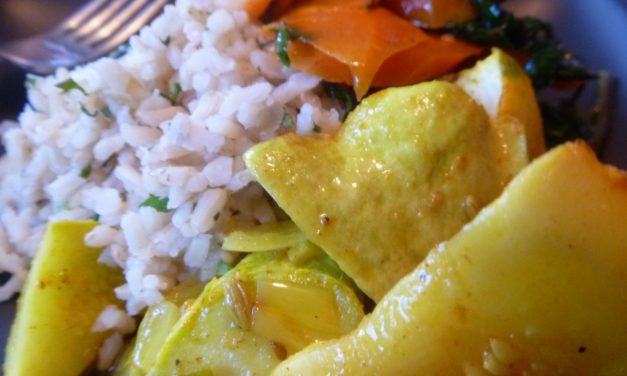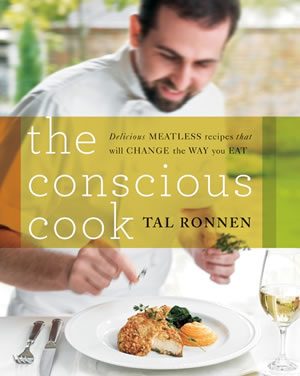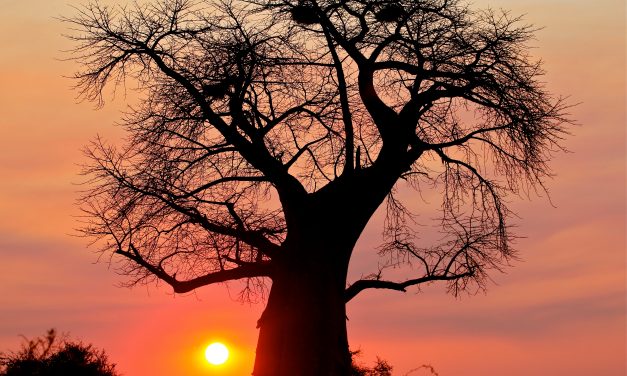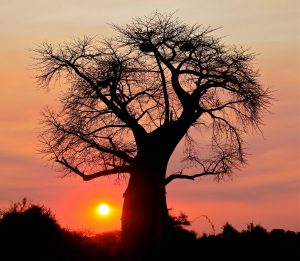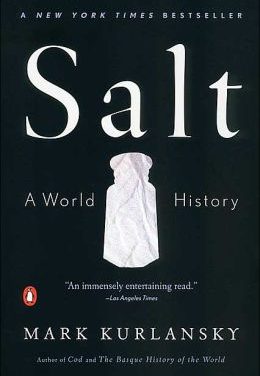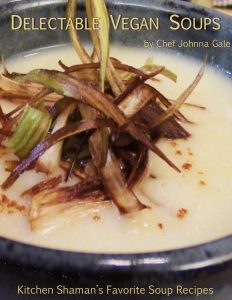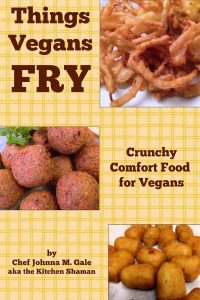What do Vegans Fry?
Things Vegans Fry includes some of my favorite fried foods. If you think things like falafel or tater tots are hard to make, this book removes that fear with step by step instructions.
Yes, I use oil. I use all sorts of things that the Healthy Folks want you to avoid. When I went to the Vegan Street Fair in NOHO, the longest line I saw, besides the line for tickets, was for Southern Fried Vegan. Proving my theory that vegans love fried food as well as any other kind of food.

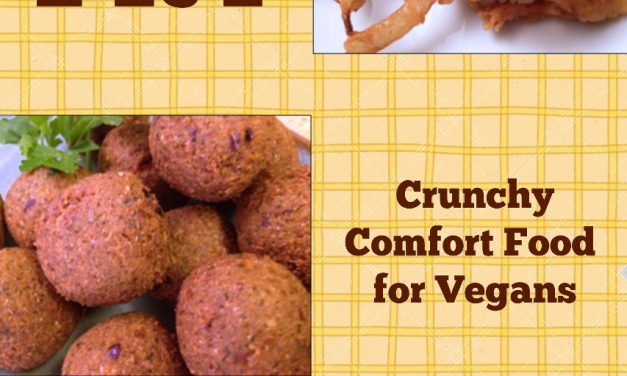
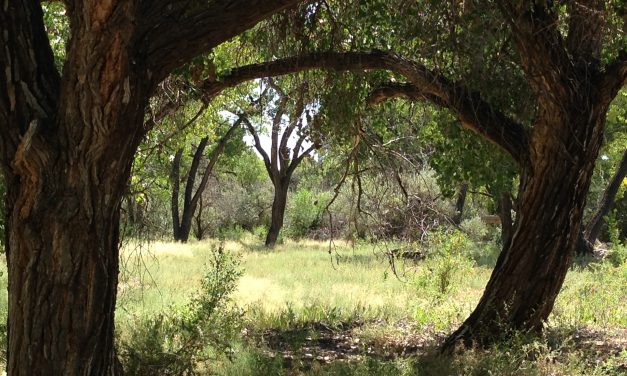
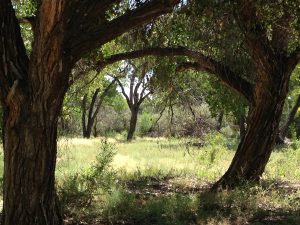
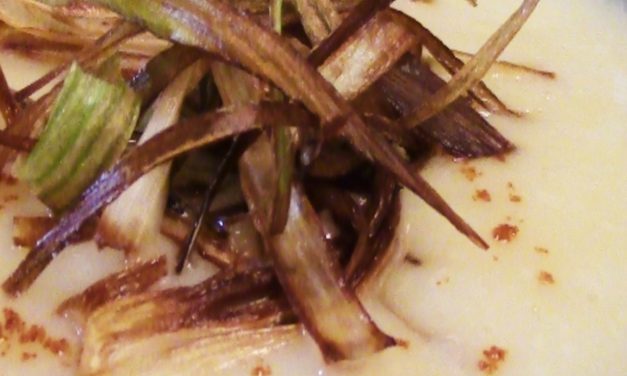
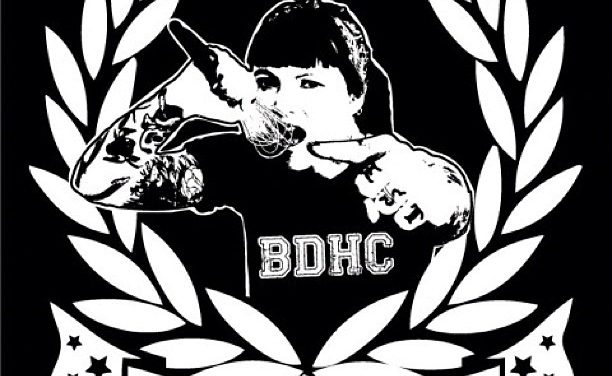


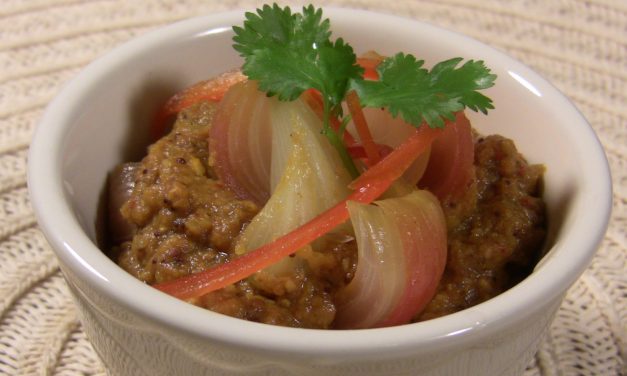
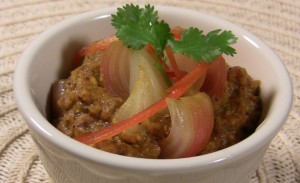 ing a shopping spree a little over a week ago, I finally found fresh curry leaves, an important ingredient in the cookbook I’m working out of:
ing a shopping spree a little over a week ago, I finally found fresh curry leaves, an important ingredient in the cookbook I’m working out of: 